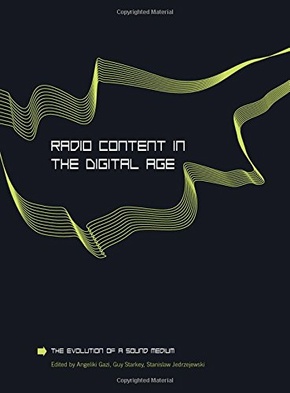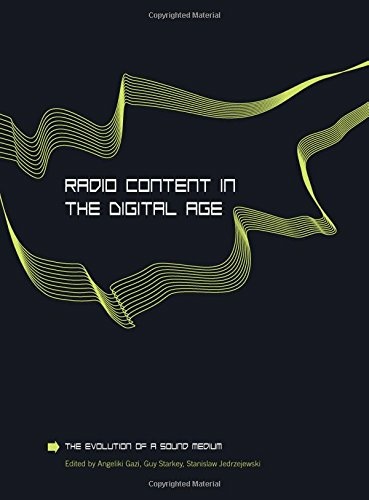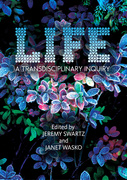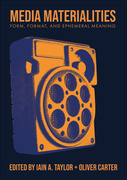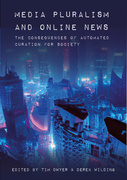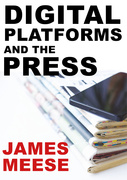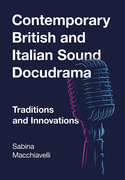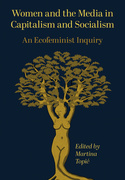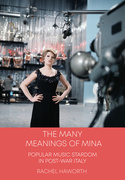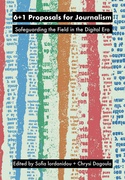Radio Content in the Digital Age (Book)
The Evolution of a Sound Medium
The traditional radio medium has seen significant changes in recent years as part of the current global shift toward multimedia content, with both digital and FM making significant use of new technologies, including mobile communications and the Internet. This book focuses on the important role these new technologies play – and will play as radio continues to evolve. This series of essays by top academics in the field examines new options for radio technology as well as a summary of the opportunities and challenges that characterize academic and professional debates around radio today.
Edition
The traditional radio medium has seen significant changes in recent years as part of the current global shift toward multimedia content, with both digital and FM making significant use of new technologies, including mobile communications and the Internet. This book focuses on the important role these new technologies play—and will play as radio continues to evolve. This series of essays by top academics in the field examines new options for radio technology as well as a summary of the opportunities and challenges that characterize academic and professional debates around radio today.
Angeliki Gazi is a visiting lecturer of media psychology at the Cyprus University of Technology and vice chair of the Radio Research Section of the European Communication Research and Education Association.
Guy Starkey is professor of radio and journalism at the University of Sunderland and author of several books, including Radio in Context and Radio Journalism.
Stanislaw Jedrzejewski is professor of sociology of media and social communication at the John Paul II Catholic University of Lublin.
Part I: Convergence
Chapter 1: Interactivity on Radio in the Internet Age: A Case Study from France – Blandine Schmidt
Chapter 2: Convergence in Spanish Talk Radio Stations’ Websites with the Participative Resources Provided by web 1.0 and 2.0 – Jose Luis Requejo Aleman and Susana Herrera Damas
Chapter 3: Portuguese Internet Radio from 2006 to 2009: Technical Readiness and Openness to Interaction – Pedro Portela
Chapter 4: Radio and web 2.0: Direct Feedback – Carmen Peñafiel Saiz
Chapter 5: Radio as the Voice of Community: Locality, Interactivity and Experimentation – Maria Papadomanolaki
Part II: Content
Chapter 6: Blurring Fiction with Reality: The Strange Case of Amnésia, an Italian ‘Mockumentary’ – Tiziano Bonini
Chapter 7: Radio and the Web: Analysis of the News Strategies of the Spanish Talk Radio Networks, 2008–9 – Elsa Moreno, Maria del Pilar Martinez-Costa and Avelino Amoedo
Chapter 8: Lost and Challenged Contents: Music Radio Alternatives and Cultural Practices – Vesa Kurkela and Heikki Uimonen
Chapter 9: Music Radio in the Age of Digital Convergence: A Case Study of the Catalan Context – Josep Maria Martí, Xavier Ribes, Maria Gutiérrez, Luisa Martínez and Belén Monclús
Chapter 10: Whatever You Say, Say Nothing: Analysing Topics on Liveline – Frank Byrne
Part III: Community
Chapter 11: Online Community Radio, an Alternative Model: Analysis of Characteristics, New Formats and Contents – Pascal Ricaud
Chapter 12: New Technologies and the Facilitation of Participation in Community Radio Stations – Rosemary Day
Chapter 13: The Future of Local Radio in the Digital Era: Opportunity or Threat? The Case of Small, Local, Community Radio in the Flemish Community – Hilde van den Bulck and Bert Hermans
Chapter 14: Slovenia and the Origins of its Community Radio – Mojca Plansak
Chapter 15: The Community of Radio Listeners in the Era of the Internet in Africa: New Forms and New Radio Content, the Fan Club Zephyr Lome (Togo) as a Basis for Analysis – Etienne L. Damome
Publication Forum (Finland) lists this book as a Level 2 publication, where ‘the highest-level publications are directed as a result of extensive competition and demanding peer-review’.

